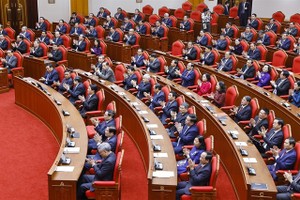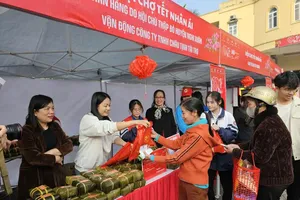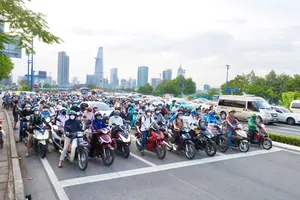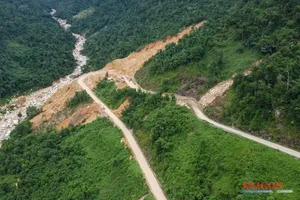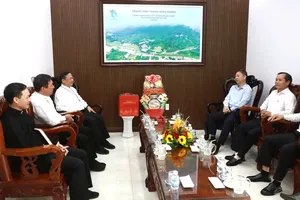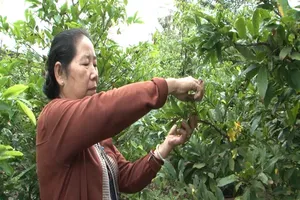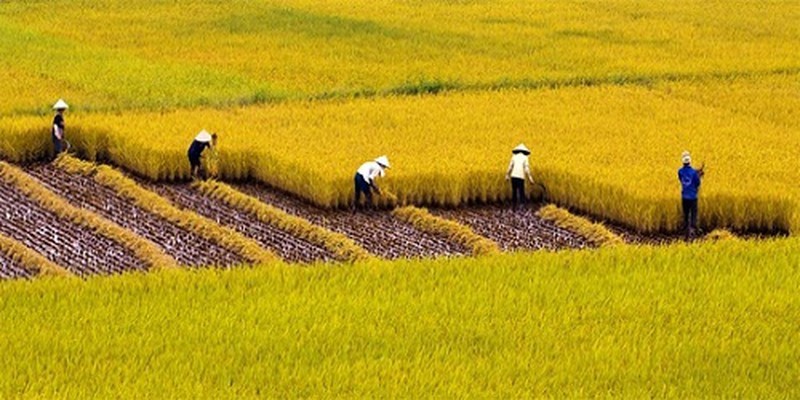
The general goal of the strategy is to develop farming into a complete, professional, economic, and technical sector with highly competitive products to ensure food safety, national food security, and other needs of the economy, and increase export value.
Under the decision, the average growth rate of crop production value will reach 2.2-2.5 percent a year; and the average growth rate of value added of the agricultural products processing sector will be 8-10 percent a year.
The proportion of practical crop production meeting requirements of Vietgap certification and other cultivation standards in crop production will achieve 10-15 percent, including one percent of organic farming.
The value of plant products manufactured in the forms of cooperation and association will reach 30-35 percent. Export turnover of crop products will be more than US$26 billion while the average product value per hectare will reach VND150 million -VND160 million.
The strategy focuses on developing rice production in centralized planning areas; investing in transport, irrigation, and logistics infrastructure; maintaining the area of 3.56 million hectares of rice land, including 3 million hectares of wet rice cultivation; ensuring an annual rice output of over 35 million tons, including high-quality rice accounting for 85-90 percent and rice used to process meal products accounting for 10-15 percent.
In addition, the plan also pays attention to replanting 107,000 hectares of coffee by 2025, developing 11,500 hectares of specialty coffee with an annual output of more than 5,000 tons; forming areas for growing fruit trees on the basis of promoting the potential and advantages of the ecological region and associating with processing factories and consumption markets; prioritizing the development of fruit trees such as mango, banana, dragon fruit, and pineapple.



